Westinghouse holds Canadian supplier symposium

Westinghouse Electric Company welcomed 95 vendors to the Canadian Supplier Symposium last week to engage with current and potential suppliers for the company’s global new-build projects.

A message from Electrical Builders, Ind.
America’s Top Performing Nuclear Plants Rely on Electrical Builders, Industries to Expand and Extend the Life of Their Critical Electrical Assets

Westinghouse Electric Company welcomed 95 vendors to the Canadian Supplier Symposium last week to engage with current and potential suppliers for the company’s global new-build projects.
Robert P. Martin and Thomas E. Roberts have been appointed to four-year terms on the Advisory Committee on Reactor Safeguards, the Nuclear Regulatory Commission announced on July 20.
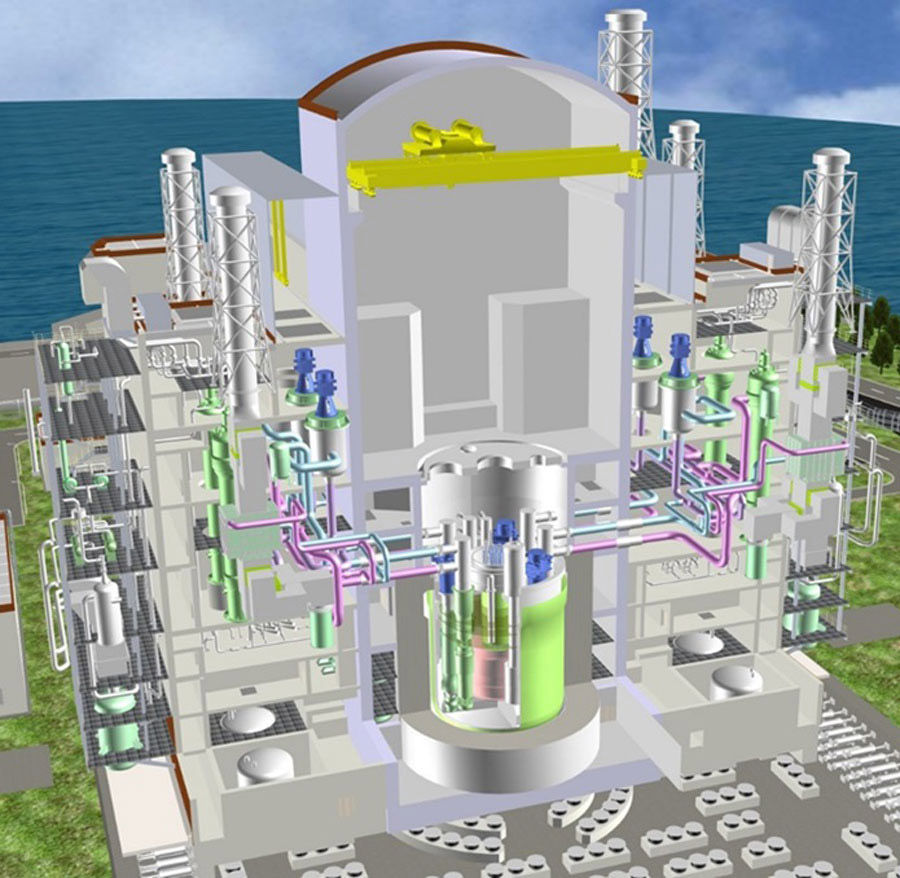
Concept art of a tank type sodium-cooled fast reactor. (Image: MHI)
The Japanese government has chosen Mitsubishi Heavy Industries (MHI) to head up the conceptual design and research and development of a demonstration sodium-cooled fast reactor, the Tokyo-based engineering firm announced recently.
MHI is to oversee the work in partnership with Mitsubishi FBR Systems Inc. (MFBR), an MHI Group engineering company established in 2007 to develop and design fast breeder reactors.
Conceptual design work is scheduled to commence in fiscal year 2024, with operation of the unit slated for the 2040s.
Reactor roadmap: According to MHI’s announcement, in the strategic roadmap for fast-reactor development adopted by the Japanese Cabinet in December 2018, a policy was defined to assess the efficacy of several types of technologies to be developed following a competition among private-sector companies. The roadmap was subsequently revised by the Cabinet in December 2022, at which time two decisions were made: (1) to select a sodium-cooled fast reactor as the target of the conceptual design of the demonstration unit and (2) to select a manufacturer to serve as the core company in charge of the reactor’s design and requisite R&D.

The Spallation Neutron Source (SNS) at the Department of Energy's Oak Ridge National Laboratory set a world record when its particle accelerator beam operating power reached 1.7 MW, an improvement on the facility’s original design capability of 1.4 MW, ORNL announced on July 21. That higher power provides more neutrons for researchers who use the Office of Science user facility for materials science investigations.
The U.S. Nuclear Regulatory Commission and the Ghana Nuclear Regulatory Authority reaffirmed last week its shared commitment to continue cooperation on nuclear safety and regulation for the African nation.

Southern Nuclear, operator of Georgia’s Vogtle plant, has informed the Nuclear Regulatory Commission that all 364 inspections, tests, and analyses for Unit 4 have been performed, and all acceptance criteria for the new reactor have been met. Primary plant owner Georgia Power made the announcement last Friday.
The Department of Energy’s National Nuclear Security Administration (NNSA) announced on July 20 that it has awarded two organizations—Hardinge Inc. and the Association of Journeyman and Apprentices of the Plumbing and Pipefitting Local 412—five-year grants totaling $2.17 million. The funds will be used to develop and strengthen apprenticeship training programs aligned with the NNSA’s needs for technician positions throughout its laboratories, plants, and sites.
 2x1.jpg)
Gas-cooled reactors have roots that reach way back to the development of early experimental reactors in the United States and Europe. In the United States, early experimental reactors at Oak Ridge and Brookhaven National Laboratories were air-cooled, as were early production reactors known as the “Windscale Piles” in the United Kingdom. Dragon, also located in the United Kingdon and operational from 1965 to 1976, used helium as the coolant and graphite as the moderator.
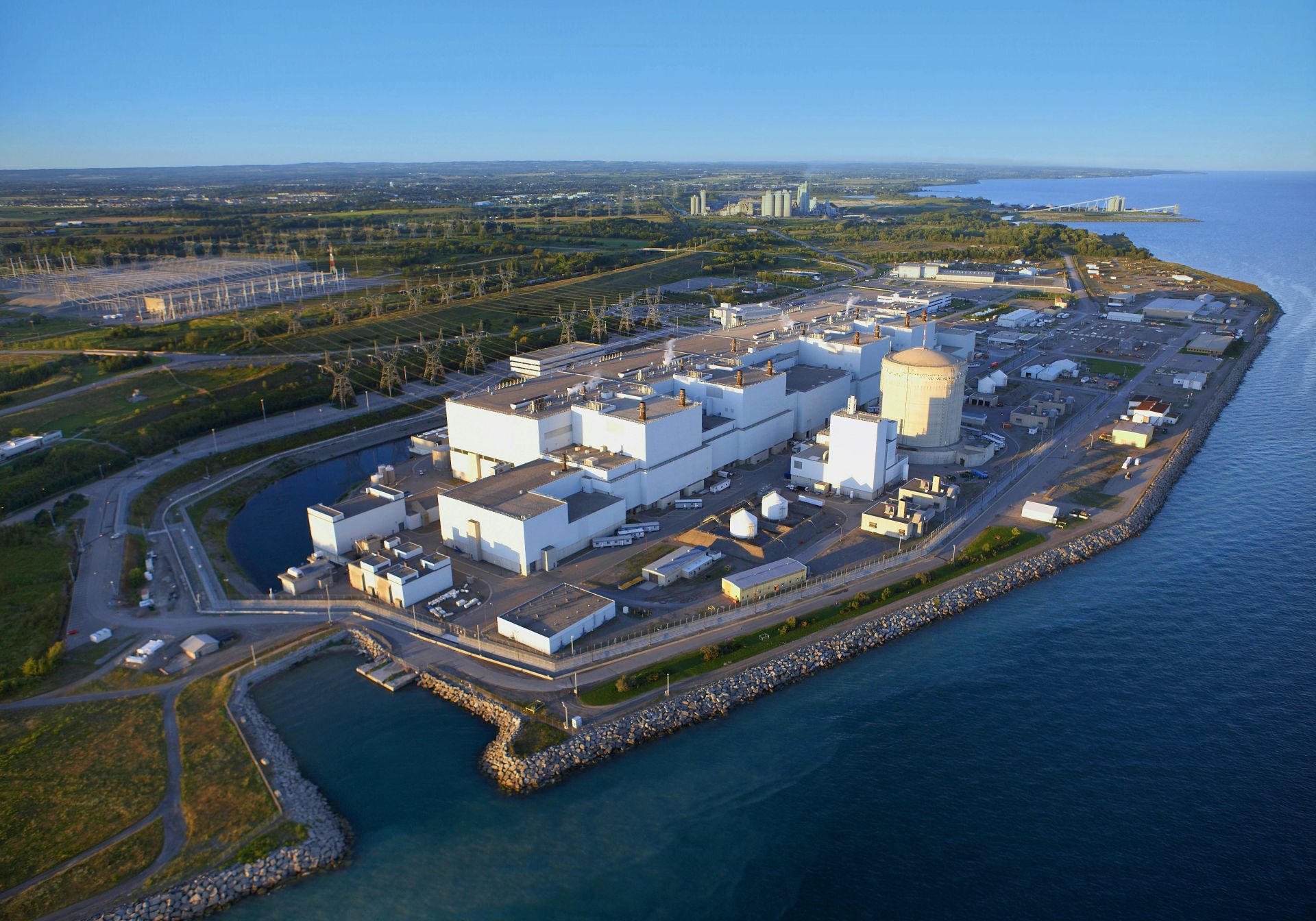
Ontario Power Generation has achieved another milestone in its massive Darlington nuclear plant refurbishment project, and in rather impressive fashion: The Unit 3 CANDU reactor has been reconnected to Ontario’s electricity grid 169 days ahead of schedule, according to a July 18 OPG media release.
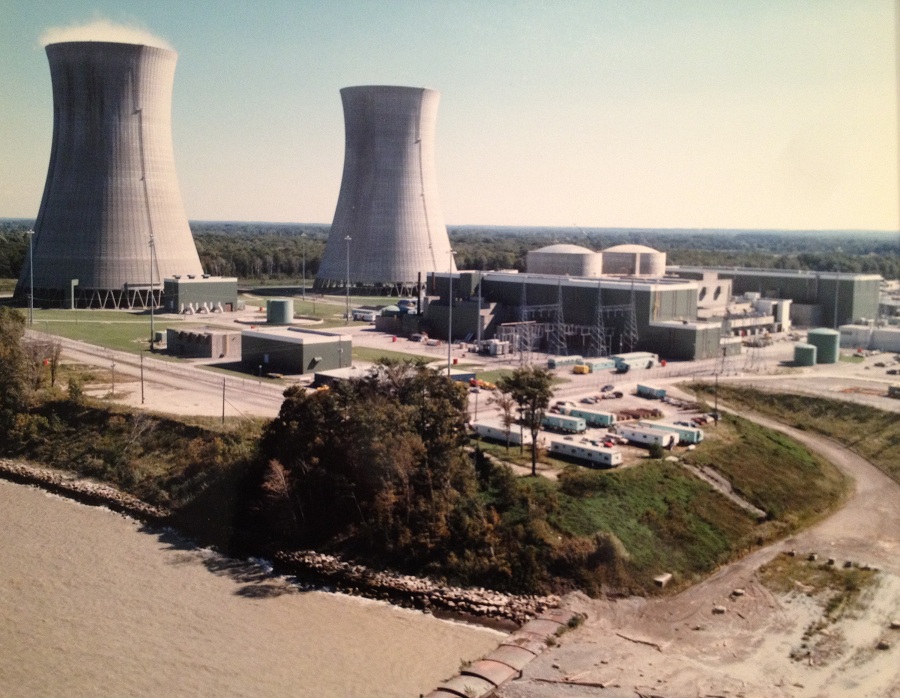
Energy Harbor has filed its initial license renewal application for the Perry nuclear power plant, requesting an additional 20 years of operation for the facility, the Nuclear Regulatory Commission announced yesterday. Dated July 3, the 2,427-page application is now available on the agency’s website.

The National Academies of Sciences, Engineering and Medicine (NASEM) recently held a public meeting to discuss its third and final report centered on the Department of Energy’s Office of Environmental Management’s tank waste cleanup mission at the Hanford Site in Washington state.
Probabilistic risk assessment is a mature technology that has benefited the safety of the current fleet of light water reactors in the United States since the 1970s. Most utilities have used PRA models as part of risk-informed in-service inspection programs to identify degraded plant conditions for more than two decades. The trends indicate an increasing use of risk-informed applications to support safe and cost-effective long-term operations.
Data science and predictive analytics innovations offer the opportunity to assess, monitor, and manage risk effectively. PRA models are coupled with digital twins informed by sensors and system simulators that provide real-time risk insights. Dynamic PRA approaches were initially introduced to beyond-design-basis event models for LWRs and explicitly model time-dependent operator behavior by simulating the actual plant response. Enhancing the quantification speed and memory usage of the PRA computational tools (both dynamic and traditional) is crucial for future risk-informed efforts.

Denmark’s Seaborg Technologies and Norsk Kjernekraft (aka Norwegian Nuclear Power) have signed a letter of intent to investigate the possibility of deploying Seaborg’s 100-MWe compact molten salt reactor (CMSR) in Norway.
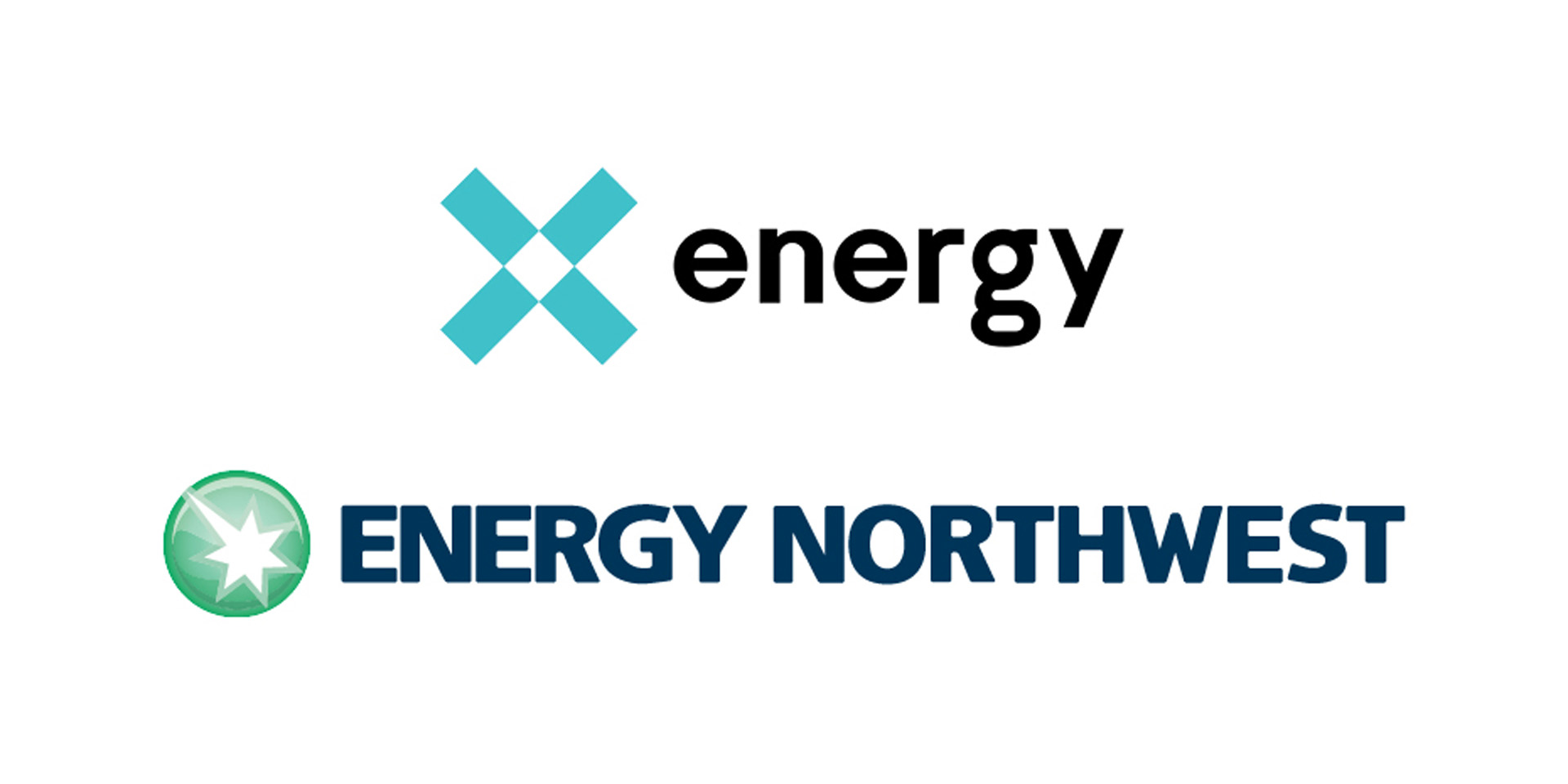
Small modular reactor firm X-energy and Energy Northwest, owner and operator of the Columbia nuclear power plant in Richland, Wash., announced yesterday the signing of a joint development agreement (JDA) for up to 12 Xe-100 SMRs in central Washington, capable of generating up to a total of 960 MWe.
The JDA defines and details the scope, location, and schedule under which the commercial development of the project will move forward, the companies said, adding that they will also work together to determine the best approaches to licensing and regulatory matters, as well as the project delivery model. Currently, the Xe-100 project is expected to be developed at a site adjacent to the Columbia facility, with the first module coming on line by 2030.

The Department of Energy recently shipped half a kilogram of plutonium oxide pellets from Oak Ridge National Laboratory to Los Alamos National Laboratory, the agency announced July 18, marking the largest such shipment since the DOE restarted domestic plutonium-238 production over a decade ago.

A three-day Minority Serving Institutions Partnership Program (MSIPP) event, led by Savannah River National Laboratory researcher Simona Hunyadi Murph, was held recently at the South Carolina site, according to a release by the Department of Energy’s Office of Environmental Management (DOE-EM). The event included a collaborative workshop, job shadowing, and a tour of the laboratory and Savannah River Site field activities.

National Nuclear Security Administration administrator Jill Hruby and deputy administrator for defense nuclear nonproliferation Corey Hinderstein visited the country of Georgia in southeastern Europe last month to discuss the NNSA’s bilateral partnerships, seek areas of cooperation, and get a closer look at how nuclear security is implemented at active border crossings in the region.
Promising a “massive revival of nuclear power,” the U.K. government yesterday officially launched Great British Nuclear—an “arms-length” governmental body established to help ramp up the nation’s nuclear capacity to as much as 24 GW by 2050. Alongside, the U.K. announced a GBN-managed small modular reactor competition.

TerraPower and Centrus Energy Corp. announced on July 17 that they have signed a memorandum of understanding to “significantly expand their collaboration aimed at establishing commercial-scale, domestic production capabilities for high-assay, low-enriched uranium (HALEU)” to supply fuel for TerraPower’s first Natrium reactor. Nearly three years ago, TerraPower first announced plans to work with Centrus to establish commercial-scale HALEU production facilities. The two companies signed a contract in 2021 for services to help expedite the commercialization of enrichment technology at Centrus’s Piketon, Ohio, facility.
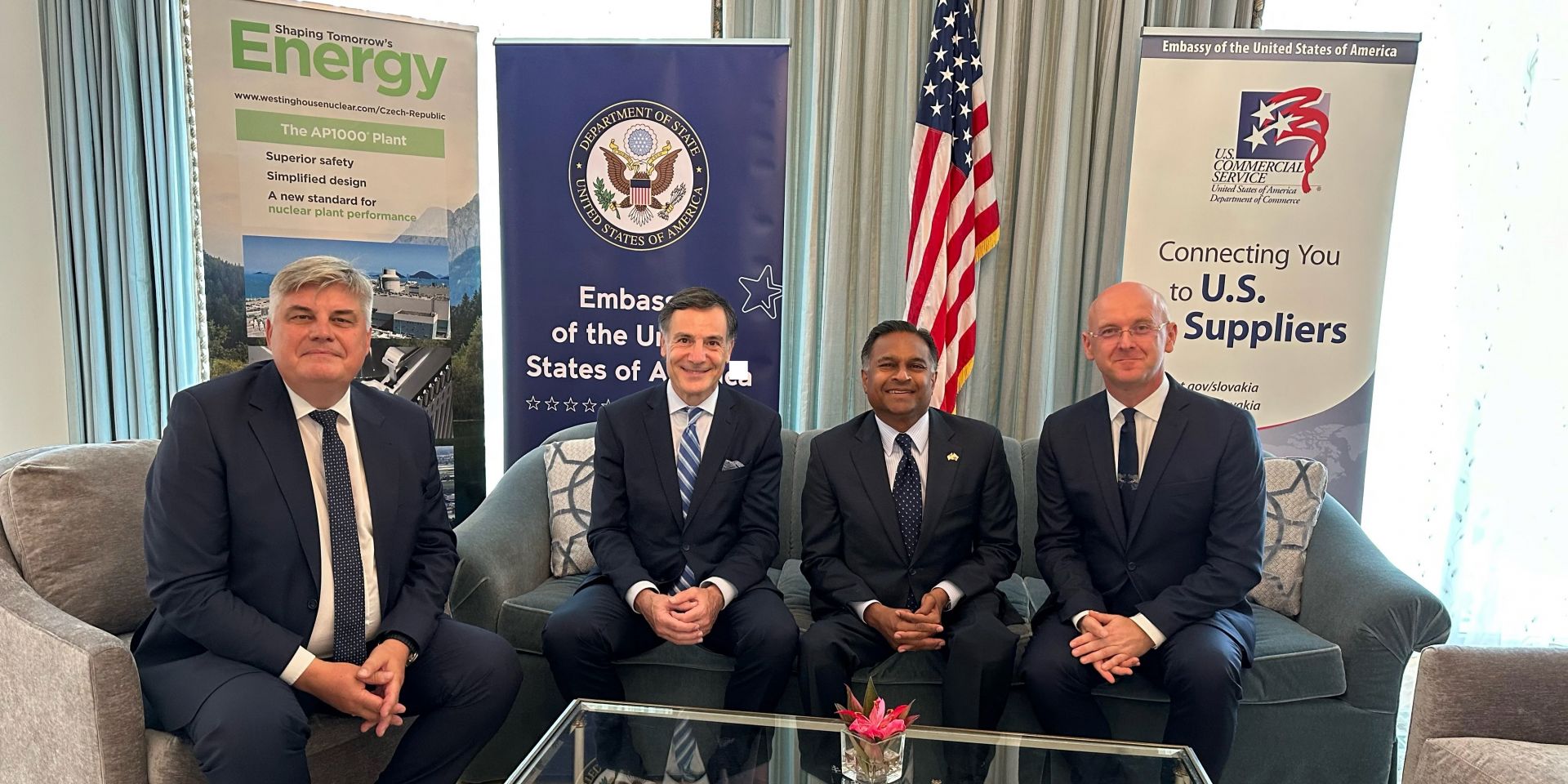
Westinghouse Electric Company yesterday announced the signing of two memorandums of understanding with Slovakia’s state-owned nuclear company JAVYS regarding the potential deployment of the U.S. firm’s AP1000 reactors and AP300 small modular reactors.